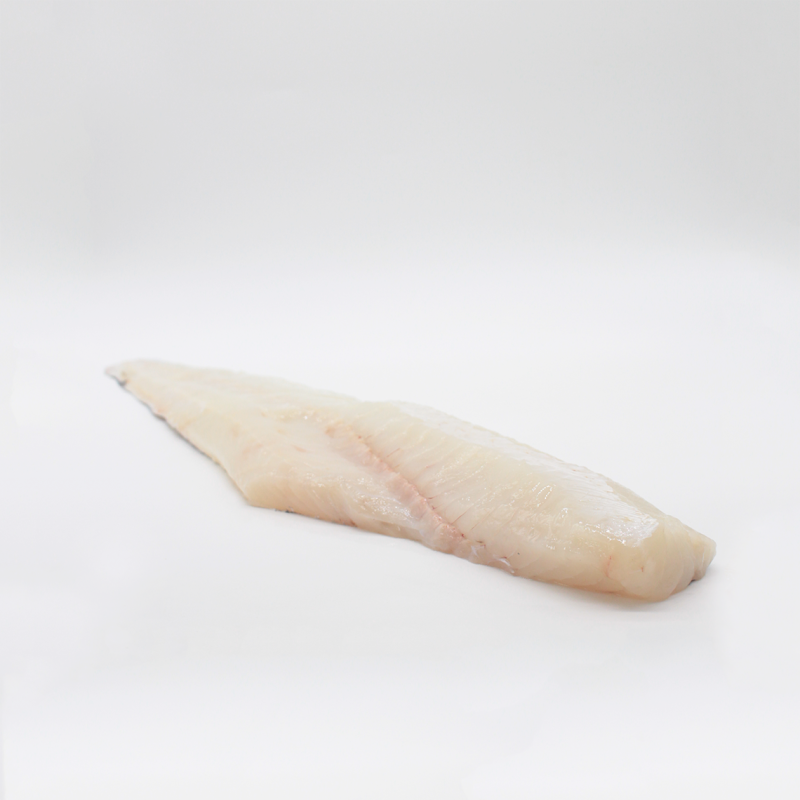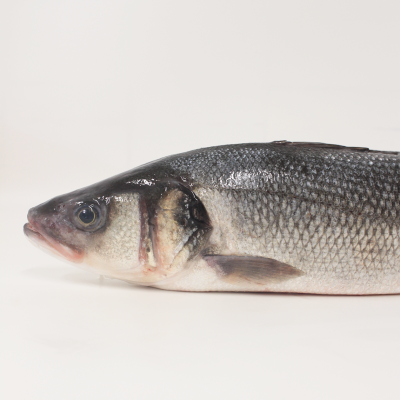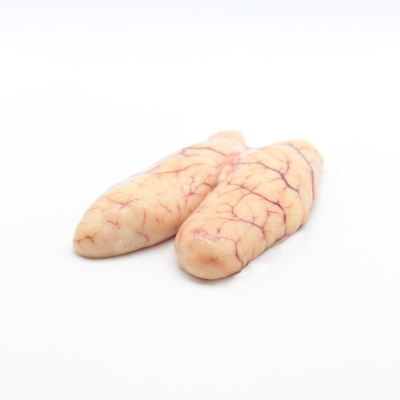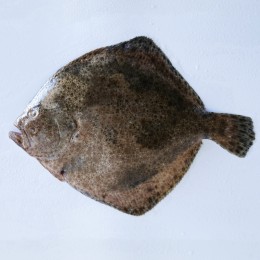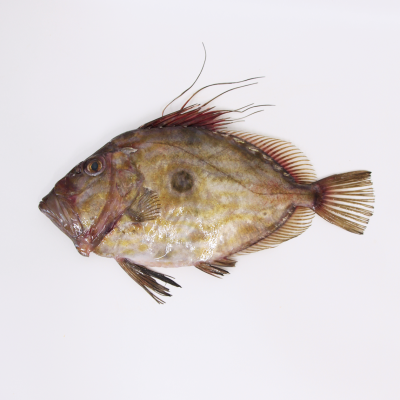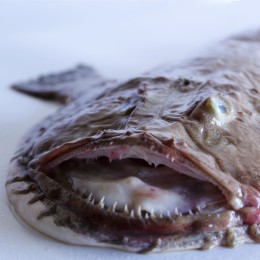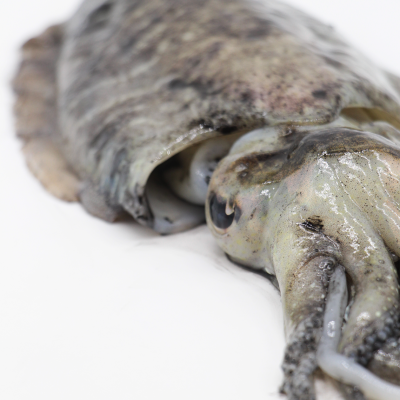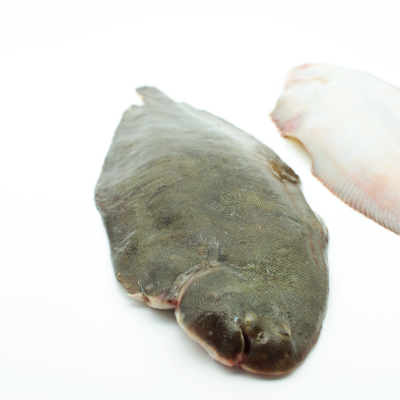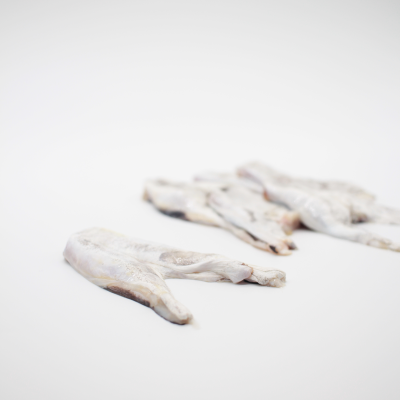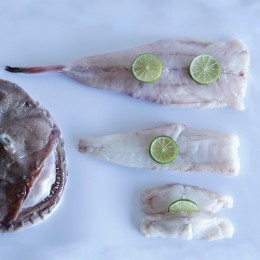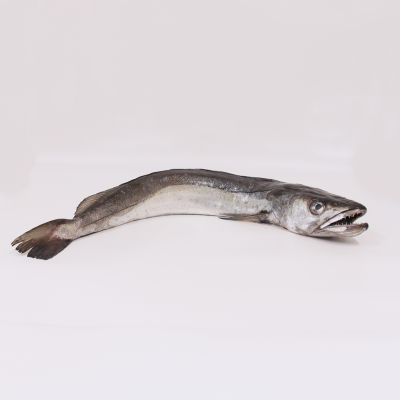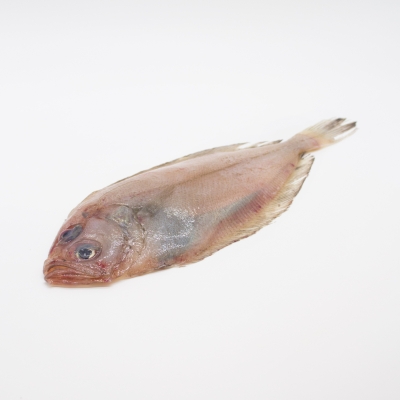Hake (Merlucccius merluccius), nowadays, can be found in our markets in many types of hake depending on the area where it is caught (the ‘European’ hake is fished along the coasts of almost all of Europe and North Africa), and according to the fishing gear: the ‘pincho’ is more appreciated than the ‘arrastre’, as it is a more selective and less aggressive gear for the fish, resulting in a much firmer meat. It is the most widely consumed fish in Spain.
White saltwater fish from the merlucciidae family, which has a large head and mouth with very sharp teeth. Its body is long, dark grey with lighter sides and a whitish belly. The first dorsal fin is shorter than the second. It usually measures between 40 and 70 centimetres, and can reach up to 120 cm.
Hake is nutritionally outstanding in terms of B vitamins (B1, B2, B3, B9 and B12) and minerals (phosphorus, potassium, zinc, magnesium, iodine and iron, which gives people greater vitality and counteracts the effects of iron deficiency anaemia). An easily digestible food, recommended for low-fat and low-calorie diets.
Hake needs exquisite treatment in the kitchen, controlling cooking times very carefully. The frying of hake, always preferably in medallions cleaned of skin and bones, requires moderate heat, so that it is juicy and the surface is golden and smooth.
In Galicia, the most classic preparation is with ‘cachelos’ and ‘allada’, but in green sauce with or without clams, baked, steamed or stuffed, are always sublime preparations.
Name: Hake (Merluccius Merluccius)
FAO 3-alpha code: HKE
Catch or farming area: FAO-27
Sub-area: To be specified at time of delivery
Method of production: Captured
Fishing gear: Lines and hooks
Store between: 0-4°C
IMPORTANT: The net quantity and expiry date of the product shall be specified at the time of delivery.
